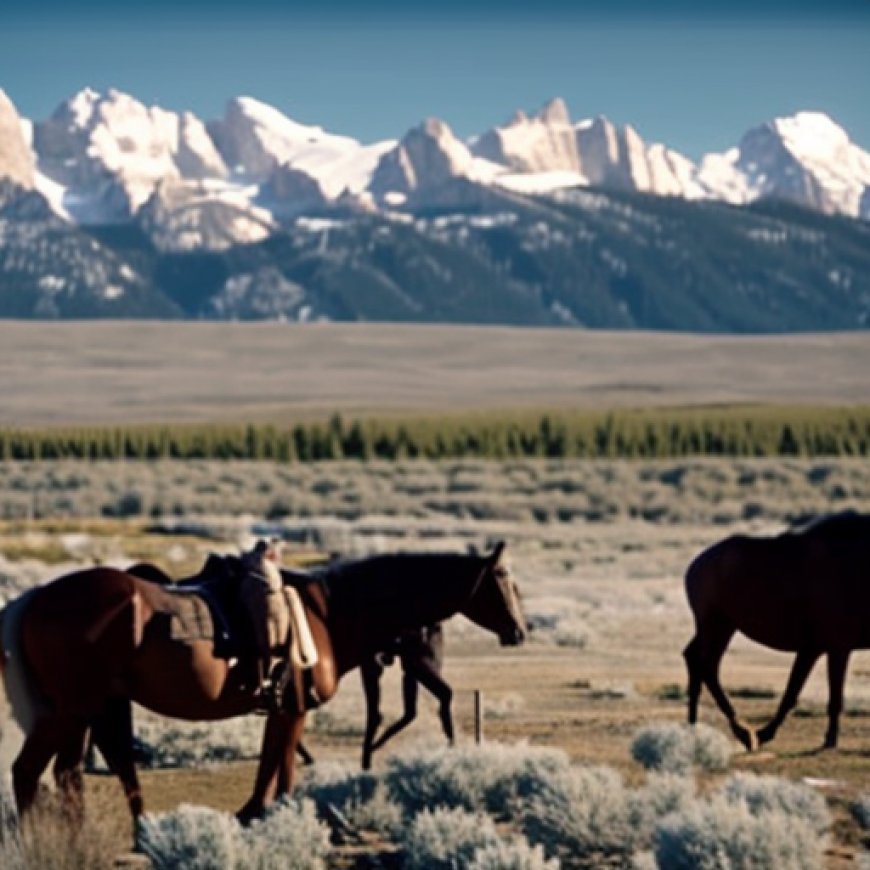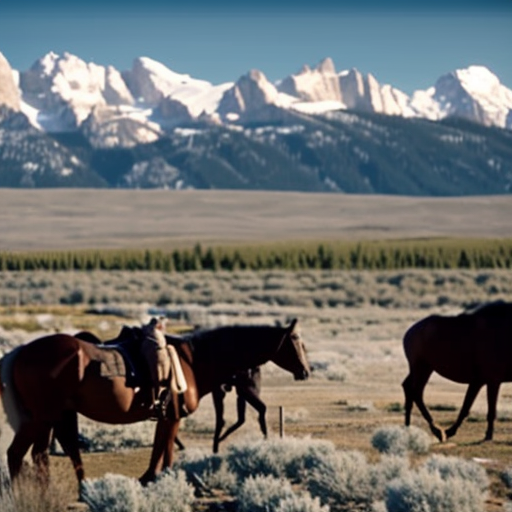In Wyoming, a Tribe and a City Pursue Clean Energy Funds Spurned by the Governor – Inside Climate News
In Wyoming, a Tribe and a City Pursue Clean Energy Funds Spurned by the Governor InsideClimate News


Wyoming Communities Seek Federal Grants to Address Climate Change
When Wyoming Governor Mark Gordon informed the Environmental Protection Agency (EPA) in 2023 that the state would not be applying for federal grant money to reduce pollution and greenhouse gases, he left most communities in the state without access to potentially transformative funds to upgrade infrastructure, reduce pollution, and bring down costs for local governments.
Climate Pollution Reduction Grants (CPRG)
In the nation’s most sparsely populated state, only two cities and the Northern Arapaho and Eastern Shoshone tribes could qualify on their own for Climate Pollution Reduction Grants (CPRG) from the $4.6 billion made available to states, cities, tribes, and territories under the Inflation Reduction Act to reduce greenhouse gas emissions and air pollution. Cheyenne, Wyoming’s capital, submitted its application for more than $99 million to cover most of the costs of building two solar farms and making upgrades to both of its wastewater treatment plants.
The Northern Arapaho tribe, which is qualified to apply for the $4.6 billion in general funding, met the EPA’s deadline earlier this month. The tribe is also eligible for $300 million in EPA tribal funding, for which it is finalizing an application ahead of a May 1 deadline. The tribe hopes federal money will fund a solar-powered micro-grid on its reservation, enable weatherization and energy efficiency upgrades to residents’ homes, and help convert the tribe’s vehicle fleet to electric and hybrid cars.
Climate Change Threats in Wyoming
Wyoming faces a series of climate change-related threats to its environment, people, plants, and animals. Temperatures in the state have already risen 2.5 degrees Fahrenheit since the onset of the 20th century, according to the National Oceanic and Atmospheric Administration. As temperatures rise, the rate and severity of droughts and wildfires are projected to increase, and the severity of storms across the state is expected to rise as well. With “unprecedented warming” expected to continue, communities in Wyoming will continue to experience higher average temperatures, warmer winters, decreased snowfall, stronger storm precipitation events, and increased risk of drought and wildfires, said an EPA spokesperson.
Projects for Energy Independence and Resilience
The Northern Arapaho tribe plans to prioritize projects that will increase energy independence and community resilience to severe weather events. The tribe aims to build a community-scale solar farm with battery storage on the Wind River Reservation to reduce emissions and provide affordable, reliable power. Weatherizing housing on the reservation is another top priority to minimize driving and create homes that can withstand power failures during inclement weather. The tribe also intends to seek funds to replace its fleet of diesel and gas-powered vehicles with electric and hybrid ones.
Cheyenne is working with Black Hills Energy to install solar panels on city-owned land for grazing and closed landfill, as well as wastewater treatment plants. These projects could add more than 96,000 megawatts to Cheyenne’s grid annually, helping the city meet its growing energy demand. Pairing solar panels with cattle grazing, known as agrivoltaics, could be transformative for the city. Cheyenne also plans to reuse its old landfill as a solar farm to power low-income residents’ homes and create a community solar site. Additionally, the city aims to capture and sell methane from its wastewater treatment plant to local utilities.
This story is funded by readers like you.
Our nonprofit newsroom provides award-winning climate coverage free of charge and advertising. We rely on donations from readers like you to keep going. Please donate now to support our work.
Importance of Federal Funding
Without federal funding, Cheyenne and the Northern Arapaho tribe would struggle to implement these projects. While Wyoming offers Energy Matching Funds, most of the criteria focus on preserving the extraction and use of fossil fuels. The goal is for both communities to secure as much grant money as possible from the federal competition. Cheyenne hopes that even in a small way, the state can support their efforts.
Competition and Leadership
States and cities that have applied for CPRG funds will compete against one another based on grant proposal size. It is not yet clear how many other states or cities joined Cheyenne in applying for CPRG funding between $50 million to $99 million, but the EPA plans to award anywhere from six to 12 grants in that range. If both the Northern Arapaho’s applications are deemed suitable for funding, the EPA would award the tribe only one grant. The rest of the state is keeping a close eye on the outcome of these applications, as the success of Cheyenne and the Northern Arapaho could set an example for other communities in Wyoming.









